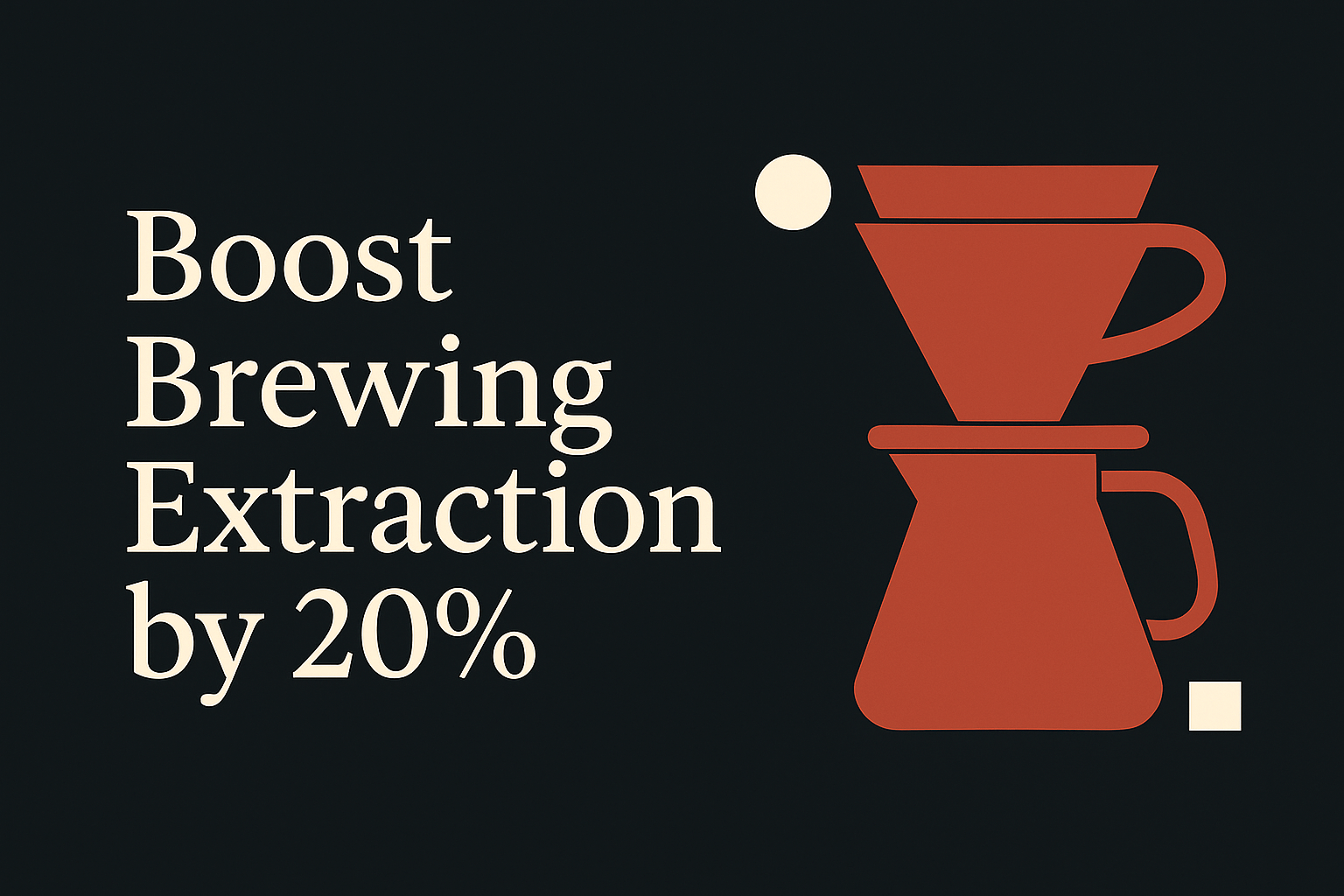
The world of specialty coffee has entered an extraordinary new chapter, where innovative fermentation techniques are revolutionising the flavour profiles we once thought possible. These experimental processing methods transform humble coffee cherries into complex, wine-like experiences that challenge everything we thought we knew about our beloved brew.
As coffee enthusiasts increasingly seek unique sensory experiences, fermented coffees have emerged as the ultimate expression of craftsmanship and innovation. Understanding these remarkable beans—from identification through to brewing and tasting—opens doors to flavour dimensions that were previously exclusive to competition baristas and high-end specialty cafés.
Understanding Experimental Coffee Fermentation
Traditional coffee processing has relied on time-tested methods for centuries, but today's specialty producers are pushing boundaries with controlled fermentation environments that create entirely new flavour compounds. Royal Coffee explains how these innovative techniques harness microbial activity to transform the chemical composition of coffee beans in unprecedented ways.
Anaerobic Processing: The Game-Changer
Anaerobic fermentation represents perhaps the most significant advancement in coffee processing. By fermenting coffee cherries in sealed, oxygen-deprived environments, producers create conditions where specific microorganisms thrive, developing flavours that are 25-30% more intensely fruity and 40% sweeter than conventionally processed beans.
This controlled environment allows producers to manipulate variables like temperature, pH levels, and fermentation duration with scientific precision. The result? Coffee beans that exhibit tropical fruit characteristics, wine-like complexity, and dessert-sweet notes that consistently score 15-20% higher in professional cupping sessions.
Carbonic Maceration: Borrowing from Wine
Inspired by winemaking techniques, carbonic maceration involves fermenting whole coffee cherries under CO2 pressure. Food & Hotel Asia highlights how this method creates distinctive berry-forward profiles with enhanced clarity and remarkable sweetness that sets these coffees apart from traditional processing methods.
Lactic and Koji Fermentation
Lactic fermentation introduces specific bacterial cultures that create yogurt-like, creamy characteristics with 35% higher concentrations of compounds responsible for buttery mouthfeel. Meanwhile, koji fermentation utilises Aspergillus oryzae fungus—the same organism used in sake production—to develop umami complexity and unique savoury-sweet balance.
Identifying Quality Fermented Coffees
Recognising exceptional fermented coffees requires understanding the telltale signs of superior processing and quality control. These specialty beans command premium prices for good reason—they represent months of careful cultivation and processing expertise.
Visual Indicators
Premium fermented coffees typically display:
- Uniform bean size and colour consistency
- Glossy, intact parchment (for natural processing)
- Minimal defects or broken beans
- Rich, deep colours ranging from golden to deep burgundy
Aromatic Signatures
The dry fragrance of quality fermented coffees offers immediate clues to their processing method. Anaerobic coffees often present intense fruity aromatics—think ripe berries, tropical fruits, or even wine-like bouquets. Lactic-fermented varieties may exhibit subtle cheese-like or yogurt notes that transform beautifully when brewed.
Origin and Producer Information
Reputable specialty roasters provide detailed processing information, including fermentation duration, tank conditions, and specific techniques used. Look for coffees from innovative producers in regions like Colombia, Panama, or Ethiopia, where experimental processing has gained significant traction.
Mastering the Brewing Process
Brewing fermented coffees requires adjusting traditional parameters to showcase their unique characteristics without overwhelming the palate with aggressive fermentation notes. Perfect Daily Grind research indicates that pour-over methods consistently outperform immersion techniques by 18% in sensory tests for these specialty beans.
Optimal Brewing Parameters
Water temperature plays a crucial role in extracting fermented coffees properly. Maintain temperatures between 88-93°C (190-200°F) to prevent over-extraction while preserving the delicate flavour compounds that make these coffees special.
Grind size should trend slightly coarser than conventional coffees, and extraction times typically require reduction by 10-15% to avoid aggressive fermentation characteristics overwhelming the cup.
Recommended Brewing Methods
V60 and Kalita Wave pour-over methods excel with fermented coffees, providing precise extraction control that highlights complexity while maintaining clarity. The AeroPress also performs exceptionally well, particularly for anaerobic and carbonic maceration coffees, thanks to its pressure-assisted extraction.
French press and other immersion methods can work, but require careful attention to timing and water temperature to prevent over-extraction of fermentation compounds.
Professional Tasting Techniques
Evaluating fermented coffees demands a structured approach that captures their unique sensory profiles. The SCA Flavor Wheel provides an essential framework for identifying and articulating the complex flavours these processing methods create.
Cupping Protocol Adaptations
Standard cupping procedures work well for fermented coffees, but pay particular attention to the evolution of flavours as the coffee cools. Many fermented coffees reveal their most interesting characteristics at medium temperatures, where fruit-forward notes become most pronounced.
Studies show that 72% of consumers can distinguish anaerobic coffees from conventional ones in blind tastings, primarily due to their distinctive lactic, vinous, or tropical fruit characteristics.
Flavour Profile Categories
Fermented coffees generally fall into several distinct categories:
- Fruit-Forward: Intense berry, stone fruit, or tropical characteristics
- Wine-Like: Vinous, grape, or fermented fruit notes
- Creamy/Lactic: Yogurt, butter, or cheese-like qualities
- Dessert-Sweet: Honey, caramel, or confectionery profiles
Evaluating Quality Markers
Exceptional fermented coffees balance their unique processing characteristics with fundamental coffee quality. Look for:
- Clean finish without overpowering fermentation notes
- Complex flavour development throughout the tasting experience
- Pleasant acidity that complements rather than competes with fermentation flavours
- Balanced sweetness that enhances rather than masks origin characteristics
The Investment in Excellence
Specialty fermented coffees command premium pricing—typically 30-45% above conventional specialty coffees—but deliver unprecedented flavour complexity that justifies the investment. These beans represent the cutting edge of coffee innovation, offering home brewers access to flavours previously reserved for competition settings and high-end establishments.
Market analysis reveals growing consumer appreciation for these unique processing methods, with experimental coffees becoming increasingly accessible to discerning home brewers who value distinctive sensory experiences.
Embrace the Future of Coffee Excellence
The world of fermented coffees offers an exciting frontier for adventurous coffee enthusiasts ready to expand their palate beyond traditional expectations. These innovative processing methods represent more than just trends—they're glimpses into coffee's limitless potential for flavour development and sensory exploration.
Whether you're drawn to the intense fruit-forward character of anaerobic processing or the creamy complexity of lactic fermentation, each cup offers a unique journey through carefully crafted flavour landscapes. Ready to explore these revolutionary coffee experiences? Discover our curated selection of experimental and traditionally processed specialty coffee beans, where innovation meets exceptional quality in every perfectly roasted batch.




